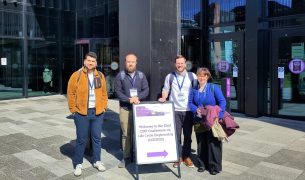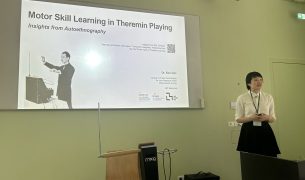Software development is continually changing. Over time, new software trends are emerging to further validate the ever-growing nature of revolution in adapting to the expanding demands of the consumer market.
The future of software development has been promising since the 19th century despite the hazy future.
Is There a Growing Need for Software Developers?
Software programs are created, developed, and managed by software developers or engineers for a particular system or capability. They retain software aesthetics, security preferences, and ideal user-intended functioning as they design and test systems. Hence, the need for a software engineer in development.
In fact, data suggests that by 2029, demand for software engineers might rise to 22%. More than 4.7 million software developers were engaged in remote work at the time of Covid 19. Therefore, even during the pandemic condition, there was still a demand. They are adaptable and can work anywhere. There will also be a lot of new technologies and languages so software developers therefore still have a promising future.
Current Trends in Software Development Observed
The early developers adopted many trends moving into the 21st century, to name a few:
- Cross-platform: enables the software to run on various computing architectures. In other words, it increases the economic relevance of an organization and enables the program to support Windows, Android, and iOS.
- Reactive programming: this trend allows developers to handle more requests concurrently, without forgetting the perks of helping software engineers to be more imaginative and creative.
- Blockchain: transactional records are being stored and kept static in this trend.
Future Trends to Keep an Eye On
Upcoming movements in the programming field and patterns are varying between digital skills being in high demand, innovative reality with VR and AR, improving online work insight, and managing complex security challenges. This being said, the noticeable trends observed in 2023-2024 are all about creating a better user experience, safety, and leveraging technology
- Improved UI: the end-users are the top priority for developers in all technological advancements, and they deserve cutting-edge and interactive user interfaces, especially with progressive web apps (PWAs)
- AI innovation: as a result of its ability to detect and anticipate user needs, AI is also being used in software development.
- More rise of blockchain: especially in software development with businesses implementing it in their organizations.
- Continued expansion of IoT: in late 2020, the number of IoT connections surpassed the number of non-IoT connections.
The increasing adoption of connection, automation, and cloud computing is likely to continue, but how prepared are we to incorporate this much technology into our daily professional and personal life?
ESiLV’s Master in IT ,IoT and Security will give students the skills they need to benefit from the opportunities fully connected businesses offer.
As future computer engineers, they will design and deploy IoT services and architectures based on the latest technology releases and scientific knowledge, while automatically considering security in all innovation processes. They get access to a multi-disciplinary approach that hauls together cybersecurity, risk management, connected objects, networks & connectivity, cyber resilience and security by design tools and methods.
Software development is a promising career, and engineers and developers will be in high demand.





















